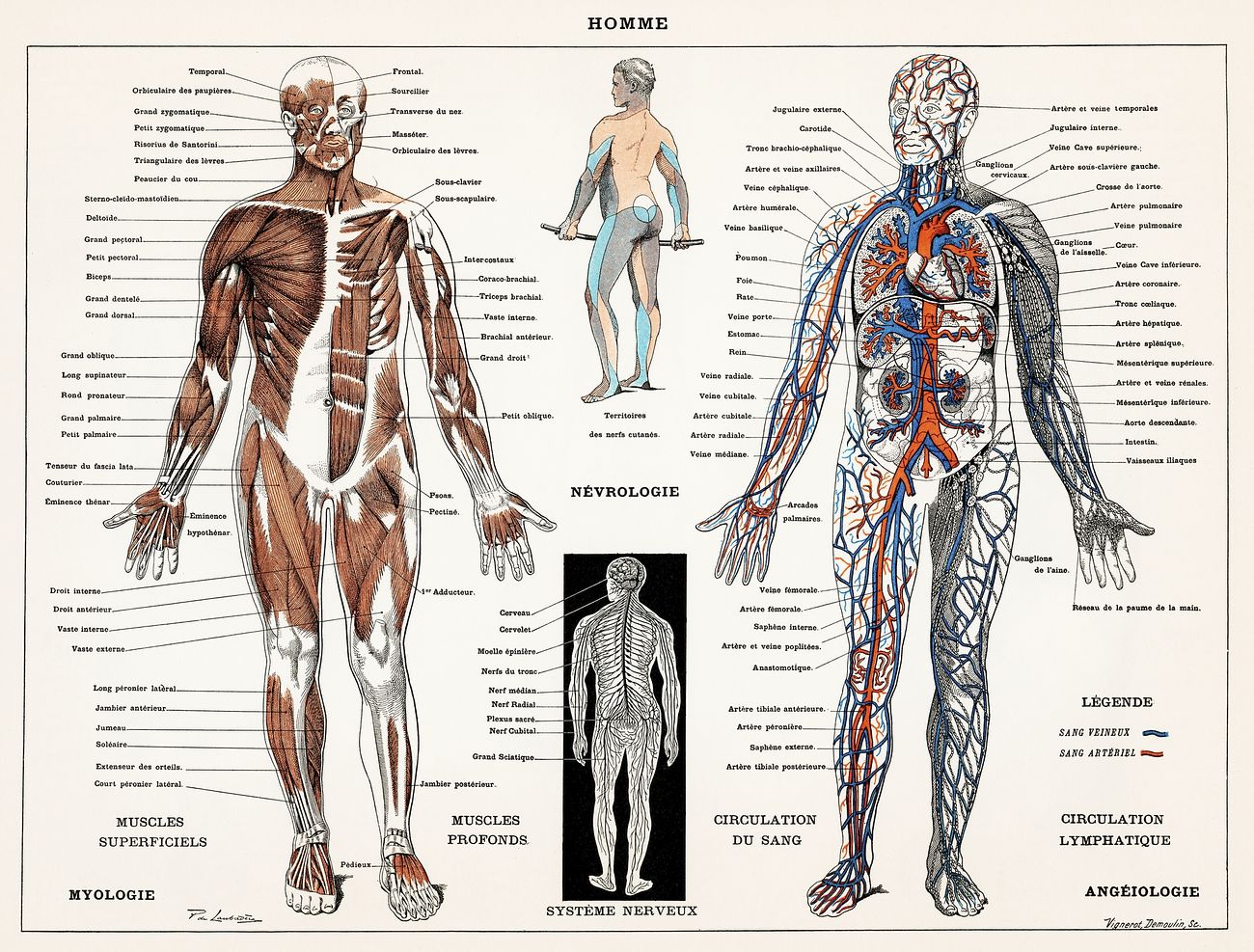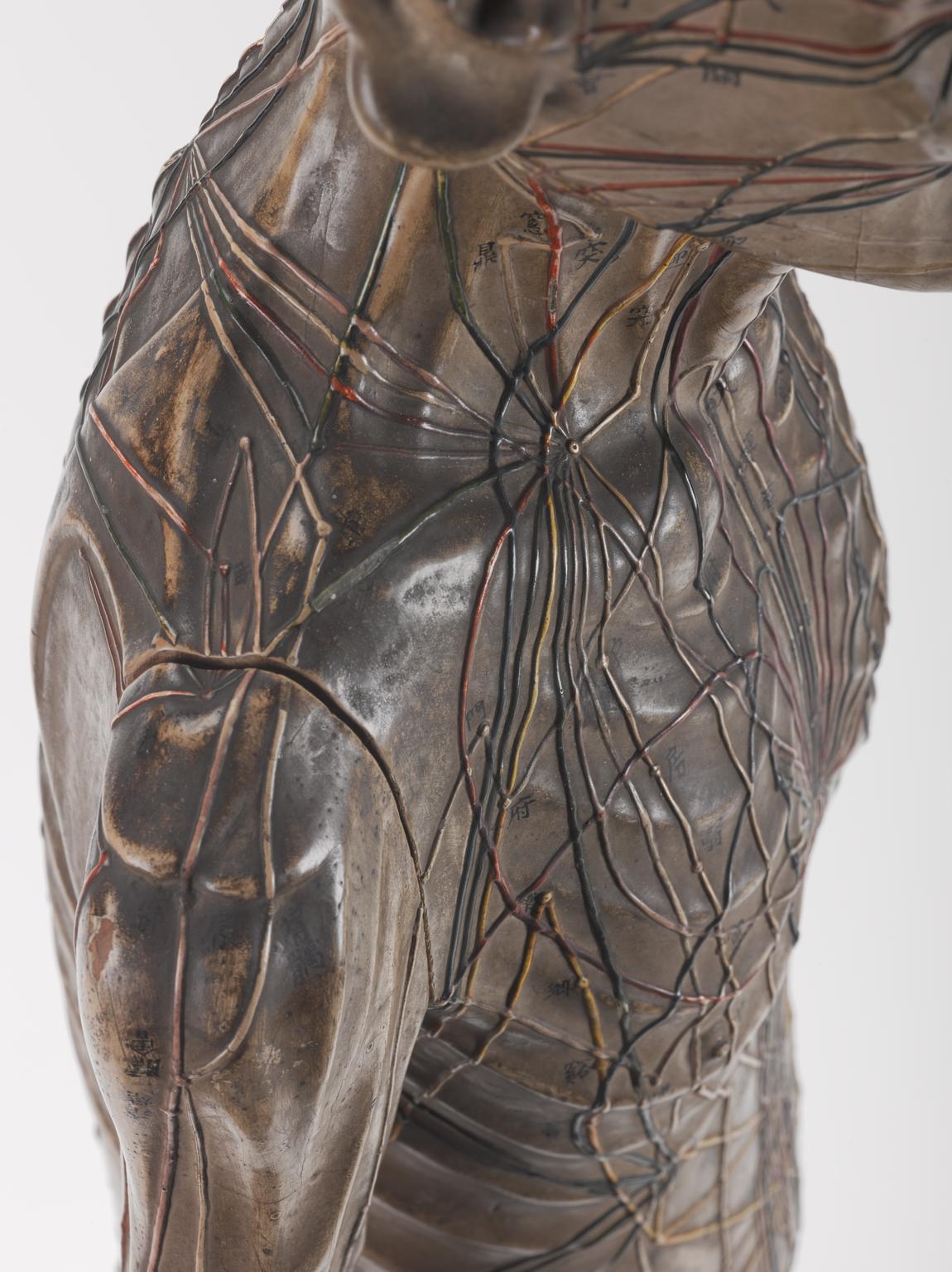Acupuncture is a form of traditional Chinese medicine that has been used for thousands of years to treat a wide range of health conditions. In recent years, there has been a growing interest in the use of acupuncture to treat orthopedic conditions, such as back pain, neck pain, and joint pain. While traditional acupuncture and orthopedic acupuncture share many similarities, there are also some important differences between the two.

Traditional Acupuncture
Traditional acupuncture is based on the principles of traditional Chinese medicine, which hold that the body has energy channels known as meridians, which can be blocked or unbalanced, leading to pain, illness, or disease. Regular acupuncture involves inserting needles into specific points along these meridians to stimulate the flow of energy and restore balance to the body. These meridians all follow the same pathways of the nerves and blood vessels. So closely in fact, that it proves ancient Chinese physicians were doing very precise dissections of bodies. Every nerve trunk and brance has an acupuncture point associated with it.
During a traditional acupuncture session, the acupuncturist will assess the patient’s symptoms, medical history, and overall health to determine which points to target. The needles used in regular acupuncture are thin and flexible, and they are inserted at various depths, depending on the patient’s condition and the acupuncturist’s expertise. The needles are left in place for 15 to 30 minutes while the patient relaxes. The acupuncturist may also use other techniques, such as moxibustion (burning dried mugwort near the skin) or cupping (using suction cups to create a vacuum on the skin), to enhance the treatment.
Orthopedic Acupuncture
Orthopedic acupuncture involves a thorough assessment of the patient’s medical history, physical examination, and imaging studies. The acupuncturist will then use a variety of techniques, such as dry needling (inserting needles directly into the affected muscles or trigger points), electroacupuncture (stimulating the needles with electrical currents), and tuina (Chinese massage), to relieve pain, reduce inflammation, and promote healing.
The needles used in orthopedic acupuncture are thicker and stronger than those used in regular acupuncture, and they are inserted deeper into the muscles and tissues. The acupuncturist may also use other modalities, such as heat therapy, stretching, and exercise, to enhance the treatment. Moxibustion, cupping, and gua sha are also used in an orthopedic session as indicated.

Differences Between the Two Styles
The main differences between traditional and orthopedic acupuncture are their focus and techniques. Regular acupuncture focuses on balancing the body’s energy, blood and body fluids, and treating a wide range of medical conditions. While orthopedic acupuncture focuses on musculoskeletal conditions and uses a combination of acupuncture and modern Western medical knowledge. The needles used in orthopedic acupuncture are thicker and stronger than those used in regular acupuncture, and they are inserted deeper into the muscles and tissues. The techniques used in orthopedic acupuncture are more targeted and specific to the affected area, while regular acupuncture involves a broader approach.
In conclusion, acupuncture is a versatile therapy that can be used to treat a wide range of medical conditions. Regular acupuncture and orthopedic acupuncture are two types of acupuncture that differ in their focus and techniques. Regular acupuncture is based on traditional Chinese medicine and aims to balance the body’s energy, while orthopedic acupuncture focuses on musculoskeletal conditions and uses a combination of acupuncture and modern Western medical knowledge.
If you are considering using acupuncture for your musculoskeletal pain, it is highly recommended you seek out an orthopedically trained acupuncturist. Jennifer Ross, L.Ac has completed a two year post-graduate program in orthopedic acupuncture, and many continuing education hours on the subject.